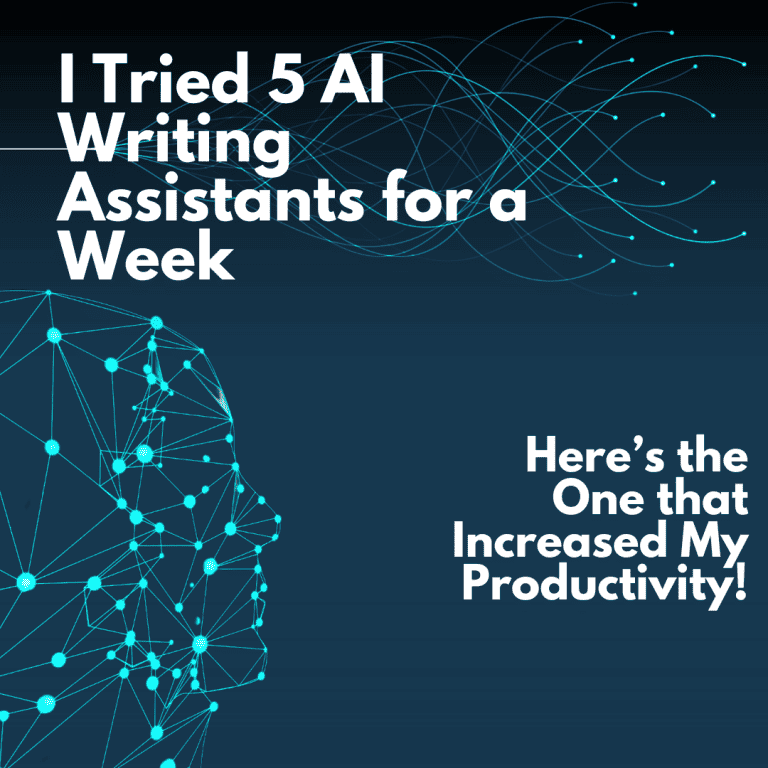5 Costly Blog Introduction Mistakes to Avoid (Boost Clicks)
Introduction
Your intro makes or breaks the reader’s interest. A weak one? Viewers bounce. A strong one? They devour your best tips.
Getting too wordy. Cut the fluff and serve up your main idea on a silver platter. Lacking specifics. Generic intros bore. Drop concrete examples and stats to hook folks instantly.
Don’t ask questions. Pose the burning question your ideal reader is asking themselves. Make them think, “Yes!” The “me” monster. Don’t make it all about you. Flip “I/my” to “you/your” for reader-centricity.
Now, you’re armed with blog introduction mistakes to avoid. Apply these tips, and readers will stay glued, boosting your click rates.
Key Takeaways:
- Blog introductions are make-or-break for reader engagement and SEO
- Weak intros lead to high bounce rates and lost traffic opportunities
- This guide reveals 5 critical intro mistakes to dodge at all costs
- You’ll also get actionable tips for writing magnetic, click-worthy introductions
Mistake #1: Being Too Vague or Generic in Blog Introductions
Don’t be that vague, generic writer slinging aimless word-vomiting. Readers need a damn good reason to stick around.
Bad: “This is about blog intros.” Zzzzzz…
Good: “Did you know a bad intro can slash reader engagement by 60%? Fix that with these 5 fishhook tips.”
Go specific or go home. Hit ’em with an eye-opening stat, burning question, or vivid scenario that forces double-taps.

Rambling Like a Windbag
Reader attention span? Shorter than a goldfish, online. Don’t bury your point under paragraphs of pointless prattling.
Bad: “When it comes to blog introductions, there are many factors…” [three screens of throat-clearing later] “…which brings me to my first point.”
Good: “Your intro has milliseconds to hook readers in. Don’t waste breath – hang the tasty bait front and center.”
Cut to the chase in 1-4 razor-sharp sentences tops. Any fluff? Slice it.
Not Signaling “What’s In It For Me?”
Nobody reads just to read. They want to solve a problem or gain insight. Make their motivating need crystal.
Bad: “Blog writing is a complex topic with many nuances…”
Good: “Is weak traffic slowly killing your blog? I’ll show you 5 intro tweaks that 10x readership fast.”
Highlight the specific benefit upfront. Spell out the problem you’ll solve or the knowledge they’ll gain. Give them a darn good reason to commit.
Mistake #2: Overly Long and Rambling Blog Introductions
Your intro is make-or-break. Ramble on; you’ll lose folks quicker than a TikTok dance trend.
Bad: “In today’s fast-paced digital age, where content is king and attention spans are shorter than a goldfish’s…” [bored yet?]
Good: “Does your blog put readers into a coma? I’ll show you how to hook them in just two to four sentences.”
Keep it ruthlessly concise. Don’t bury your point under piles of pointless setups. Rip off that band-aid fast with
- The problem you’ll solve
- The valuable insight you’ll deliver
- The burning question you’ll answer
Wham, bam, thank you ma’am. Then, move on to the meaty main course they clicked for.
Not Speaking to Specific Pain Points
Generic intros have all the personality of a buttered crumpet. Spice it up and connect to what’s keeping your reader up at night.
Bad: “There are many components to consider when drafting a blog post introduction.” [yawwwwwn]
Good: “Does writing blog intros feel like trying to reinvent the wheel daily? These 5 tips transform that painful process.”
Cherry-pick their biggest frustration, fear, or desire around your topic. Then, dangle the solution like a tantalizing worm on a hook.
Mistake #3: Not Addressing Reader Pain Points
Most people don’t read just for fun. They have an itch to scratch or a knowledge gap to fill. Fail to signal those fronts? Adios, readers.
Bad Intro: “Today’s topic is blog introductions and their various components.” [Zzzzz]
Good Intro: “Is writing catchy blog intros harder than scaling Everest? These 5 tips make it easy, driving more clicks and shares.”
Nail their burning pain point or desire around your topic. Then, clarify how you’re about to soothe that itch.

Maybe it’s:
- A persistent struggle (“Does creating intros feel impossibly hard?”)
- A goal to achieve (“Want to boost engagement through the roof?”)
- Missing insights (“Not sure how to write intros that rank higher?”)
Whatever it is, put it in the centre stage of sentence one. Give your audience that “Oh, thanks! This is exactly what I need” reaction.
Mistake #4: Lack of a Strong Call to Action
A limp intro outro is a surefire way to leave readers unsatisfied. You have to give them a reason to stay.
Bad: “Introductions are an important part of blog writing that requires careful thought.” [*tumbleweed rolls by*]
Good: “Does your blog intro make readers say ‘meh’? I’ll show you 5 fixes to transform it into a can’t-resistClickBait machine.”
Don’t just trail off like a raspy-voiced lounge singer. Leave them hungry for more:
- Ask a tantalizing question that teases your expertise (“Tired of aggressive intros that overpromise?”)
- Dangle a juicy benefit (“These 5 tips will have new readers devouring every word.”)
- Make a bold promise (“I’ll break down exactly why your intros are underperforming.”)
Plant those mental hooks, and they’ll obediently keep munching away at your content. Fail to do so? It’s a bounce city.
Blog Introduction Mistake #5: Failing to Optimize for Search
Skipping keyword research is intro suicide. That’s like filming a blockbuster without knowing your audience.
Bad: Generic intro that reads like an outdated encyclopedia entry. [cue tumbleweed]
Good: “Struggling to write blog intros that rank? This guide shows you how.”
Don’t just flail random words around. Do your homework:
• Identify terms your ideal reader is searching for
• Understand their specific search intent (info? Tutorials? Product recs?)
• Weave in those baby-making keywords naturally
Your intro is premium SEO real estate. Use it to catch search engines’ wandering eye.
For example: “The best blog intro tips for capturing reader attention [in 2023]”
Or: “5 Proven Blog Intro Formulas for More Clicks [Examples]”
Conclusion
The biggest intro sins to avoid are being vague or generic, rambling on too long, not addressing specific reader pain points, weak call-to-action, and neglecting keyword optimization.
Why does it matter? A knockout intro means the difference between high bounce rates and engaged readers devouring your advice. It’s also premium real estate for driving more organic traffic through strategic keyword use.
To nail those click-worthy intros, try studying high-performing titles and opening lines from your niche’s top players. Reverse engineer what’s grabbing attention and apply those sharp hooks to your writing. With a little A/B testing, you’ll improve yourself like a pro in no time.
Crafting magnetic intros is an art but one worth mastering. Apply these tips, and readers will be hungering for every punchy word while Google happily works its ranking magic. An irresistible intro – it’s the make-or-break moment for your entire piece of content.







